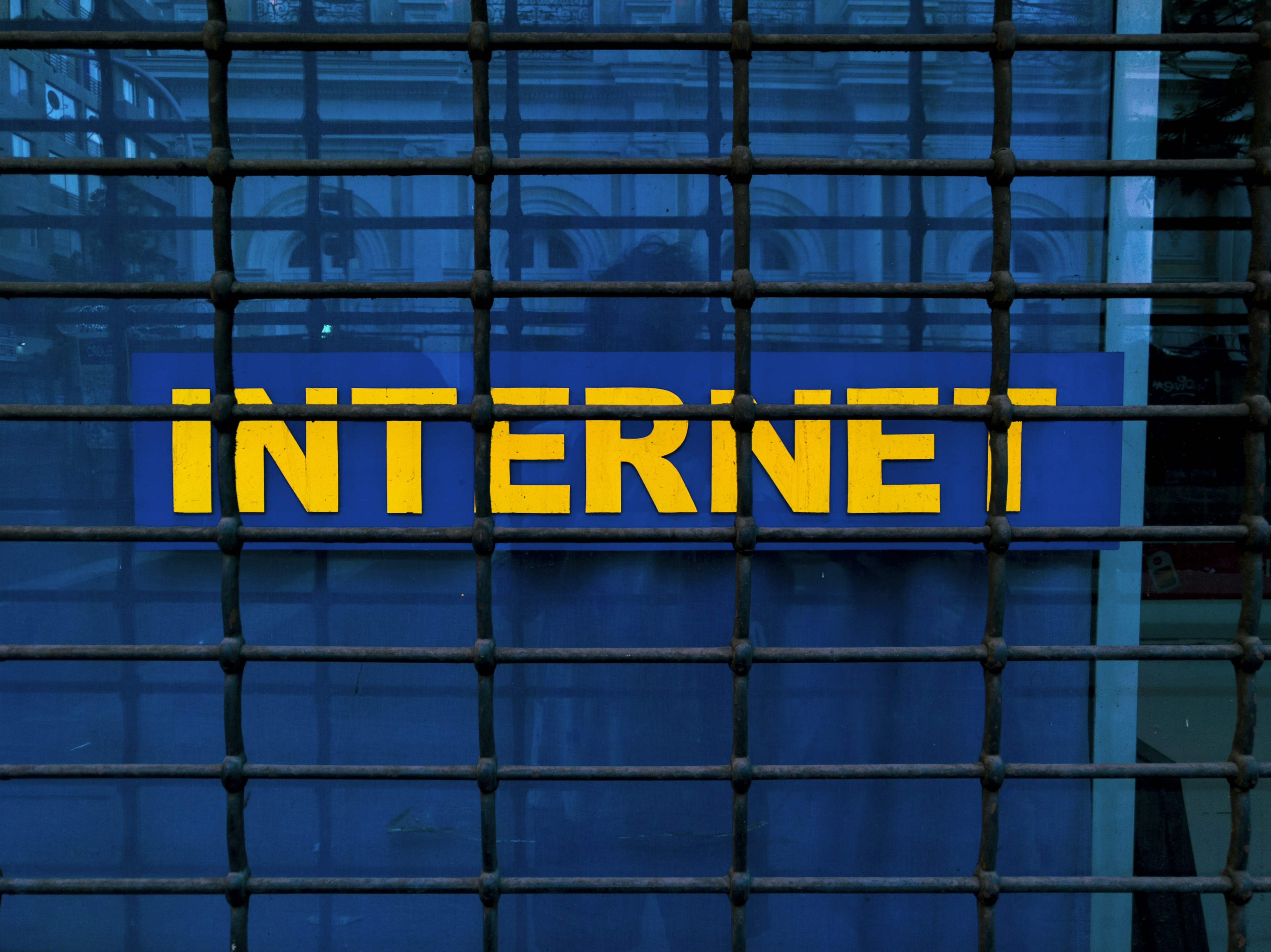
Understanding Nostalgia: The Psychological Perspective
Nostalgia is a complex psychological phenomenon that evokes feelings of longing for the past, even for times that individuals have not personally experienced. This emotional response is often characterized by a deep sense of yearning, warmth, and melancholy. It is intriguing to explore why people may feel a connection to periods they have never lived through and how this nostalgia shapes their identities. One of the main drivers of such feelings is the notion of cultural narratives, which are often conveyed through media, literature, and art. These narratives serve to romanticize the past, encapsulating ideals and experiences that resonate with people on a subconscious level.
For many, nostalgia is triggered by sensory experiences—sounds, images, or even smells—that are evocative of a particular era. This sensory connection can elicit vivid emotional responses, creating a bridge to a time that individuals may only know through stories or representation. Importantly, nostalgia can serve a protective function, allowing individuals to find solace in cherished memories or in the perceived simplicity of past eras. Through this lens, nostalgia can be understood as a means of coping with the complexities of modern life, offering a temporary refuge from the present.
Psychological studies have shown that nostalgia can enhance feelings of belonging and create a sense of continuity in one’s life. By accessing memories associated with warmth and love, individuals may fortify their sense of self and collective identity. The emotional responses triggered by nostalgia not only reflect personal experiences but also mirror societal values and collective memories. As such, nostalgia can play a crucial role in shaping how people view themselves and their place within a broader cultural context, enriching their appreciation for both their own and the collective past.
The Allure of a Simpler Time: Media and Cultural Representations
The pre-internet age has been romanticized through various forms of media, from films and music to literature, creating a nostalgic yearning for a time perceived as simpler and more connected. This era, often depicted as a golden age, embodies values such as community, face-to-face interactions, and a slower pace of life, which stand in stark contrast to the fast-paced, digitized world we inhabit today.
Movies such as “Stand by Me” and “The Sandlot” evoke memories of childhood adventures and the innocence of youth, highlighting the joys of exploration and camaraderie without the distractions of technology. These films not only showcase the simplicity of life before the internet but also highlight the significance of personal relationships and shared experiences. The soundtracks of these films often feature music from the era, further enhancing the nostalgic imagery through melodies that resonate with feelings of warmth and familiarity.
In literature, novels such as “To Kill a Mockingbird” and “The Catcher in the Rye” paint vivid portrayals of characters navigating social dynamics and moral quandaries, encapsulating the essence of human connection in a pre-digital context. These narratives invite readers to reflect on a time when communication relied on letters and heartfelt conversations rather than instant messages. Additionally, the rise of vinyl records and cassette tapes as preferred media formats serves as a tactile reminder of the past, emphasizing the importance of physical artifacts in establishing emotional connections with music.
Moreover, cultural trends such as community gatherings, analog hobbies, and outdoor play are often highlighted in nostalgic representations, reinforcing an idyllic view of the past. By examining these media representations, it becomes clear how they shape our perceptions of the pre-internet era, cultivating an allure for a time defined by simplicity, community, and genuine human connections. This longing invites introspection on how these cultural artifacts can enrich our present experiences, even in an increasingly digital world.
Contrasting Experiences: The Digital Age vs. Pre-Internet Era
The transition from the pre-internet era to the digital age represents a profound shift in human experiences, interactions, and the fabric of daily life. Before the internet’s advent, communication primarily occurred face-to-face or through written correspondence, fostering deeper relationships based on personal interactions. In contrast, the digital age has accelerated communication, allowing instant connectivity through social media platforms, emails, and messaging apps. This transformation has brought undeniable advantages, including the ability to reach a global audience and share information instantaneously. However, it has also led to significant drawbacks that many are beginning to recognize.
One of the most prominent issues in the digital age is the feeling of disconnection. Although technology enables virtual connections, these often lack the authenticity of physical interactions. Many individuals experience social anxiety, driven by the pressures of maintaining an online presence and navigating the complexities of social media. The constant comparison to curated lifestyles leaves users feeling inadequate, which was less prevalent in the simpler times of the pre-internet era. Individuals could engage in more meaningful conversations without the interruptions and distractions presented by digital devices.
Information overload is another consequence of the digital age. The influx of data available through the internet can be overwhelming and often leads to a sense of confusion about what is valid and what is not. This can foster feelings of nostalgia for the pre-internet era, a time when information was more structured and less chaotic. Moreover, with the digital landscape constantly evolving, individuals often find themselves longing for a simpler time when distractions were minimal, and life appeared more fulfilling.
In conclusion, the juxtaposition of experiences between the digital age and pre-internet era highlights both the remarkable advancements brought forth by technology and the fundamental challenges that accompany them. This reflection prompts a critical examination of how individuals connect, communicate, and navigate their daily lives in an increasingly complex world.
Personal Reflections: Cultivating Connection in a Digital World
Nostalgia, often defined as a sentimental longing for the past, has taken on new significance in our digital age. Many individuals, despite having no firsthand experience of the pre-internet era, find themselves reflecting on what it meant to connect with others in a different social landscape. Individuals from various backgrounds share stories of feeling a profound sense of loss for communal interactions that were once commonplace, influenced by the continuous digitalization of our lives.
One common sentiment is the longing for face-to-face conversations, which evoke warmth and authenticity that digital communication often lacks. Many express a desire to unplug from the persistent demands of smartphones and social media platforms, reminiscing about moments spent in the company of family and friends. They highlight simpler times when communication relied upon direct engagement, devoid of algorithms that dictate social interactions today.
Moreover, individuals recount stories of community gatherings, book clubs, and simple backyard barbecues that fostered profound relationships. Reflection often leads to a powerful understanding that in the quest for connectivity, we have inadvertently hindered the depth of our relationships. This realization prompts a crucial question: how can we cultivate meaningful connections in our highly-connected, yet often isolating, digital world?
To embrace the values of the past while navigating the present, individuals can take proactive steps. Organizing regular meetups, starting interest-based clubs, or even engaging in community volunteer work fosters genuine connections. Practicing mindful digital consumption, such as dedicating screen-free time or creating tech-free zones, encourages more face-to-face interactions. By merging the nostalgia for a past never personally experienced with the advancements of today, we can create a more balanced and fulfilling social life, celebrating both authentic connections and modern conveniences.


